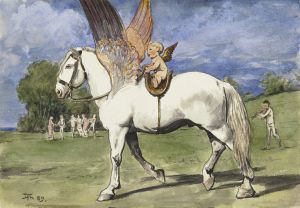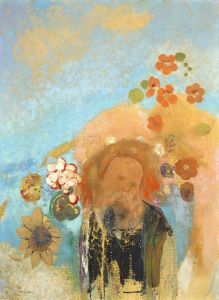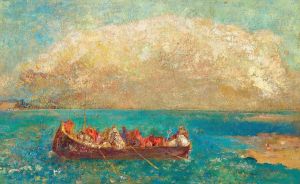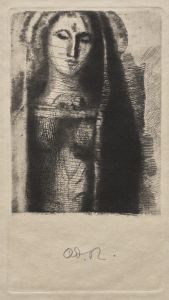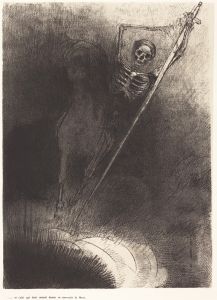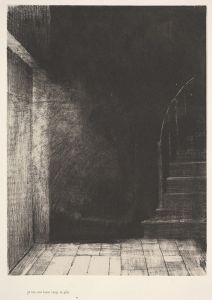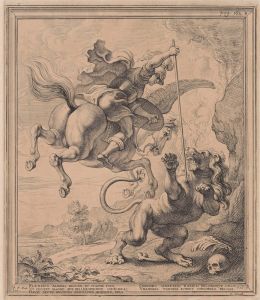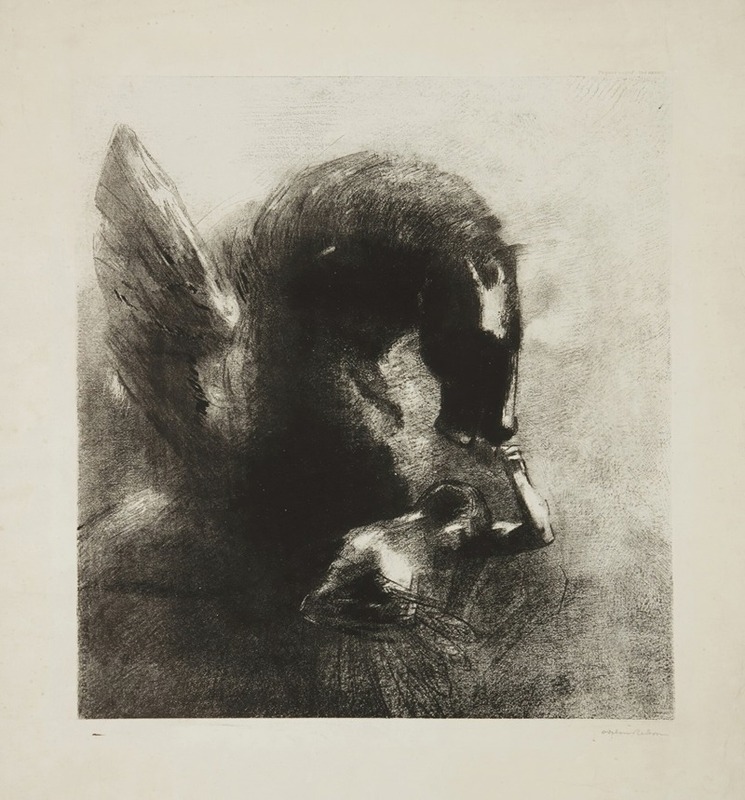
Pégase captif
A hand-painted replica of Odilon Redon’s masterpiece Pégase captif, meticulously crafted by professional artists to capture the true essence of the original. Each piece is created with museum-quality canvas and rare mineral pigments, carefully painted by experienced artists with delicate brushstrokes and rich, layered colors to perfectly recreate the texture of the original artwork. Unlike machine-printed reproductions, this hand-painted version brings the painting to life, infused with the artist’s emotions and skill in every stroke. Whether for personal collection or home decoration, it instantly elevates the artistic atmosphere of any space.
Odilon Redon was a French symbolist painter, printmaker, draughtsman, and pastellist, known for his unique and imaginative works that often explored themes of fantasy and the subconscious. One of his notable works is "Pégase captif" (Captive Pegasus), which exemplifies his distinctive style and thematic interests.
"Pégase captif" is a part of Redon's exploration of mythological and fantastical subjects, a common theme in his oeuvre. The painting depicts the mythical winged horse Pegasus, a creature from Greek mythology known for its beauty and grace. In Redon's interpretation, Pegasus is portrayed in a manner that suggests both captivity and ethereal beauty, reflecting the artist's interest in the tension between freedom and restraint, as well as the interplay between reality and imagination.
Redon's work often blurs the lines between the seen and the unseen, the real and the imaginary. In "Pégase captif," this is evident in the way Pegasus is rendered. The creature appears almost dreamlike, with a sense of otherworldliness that is characteristic of Redon's style. The use of color and form in the painting contributes to this effect, with soft, muted tones and fluid lines that evoke a sense of mystery and introspection.
The painting is also notable for its use of symbolism, a hallmark of Redon's work. Pegasus, in Greek mythology, is a symbol of poetic inspiration and the transcendence of the mundane. By depicting Pegasus in captivity, Redon may be commenting on the constraints placed on creativity and the struggle to achieve artistic freedom. This theme resonates with the broader symbolist movement, which sought to express the ineffable and explore the depths of the human psyche.
Redon's artistic approach was influenced by a variety of sources, including literature, music, and philosophy. He was particularly inspired by the works of Edgar Allan Poe and Charles Baudelaire, both of whom explored themes of the macabre and the fantastical. This influence is evident in the mood and atmosphere of "Pégase captif," which, like much of Redon's work, invites viewers to delve into the realms of dreams and imagination.
Throughout his career, Redon was associated with the symbolist movement, which emerged in the late 19th century as a reaction against the naturalism and realism that dominated the art world at the time. Symbolists sought to convey the emotional and spiritual experiences of life, often through the use of metaphor and allegory. Redon's work, with its emphasis on the mystical and the visionary, fits squarely within this tradition.
"Pégase captif" is a testament to Redon's ability to create works that are both visually captivating and intellectually stimulating. The painting encourages viewers to reflect on the nature of creativity, the power of the imagination, and the eternal struggle between freedom and constraint. Through his unique artistic vision, Redon has left a lasting impact on the world of art, inspiring generations of artists to explore the boundaries of reality and fantasy.
In summary, "Pégase captif" by Odilon Redon is a compelling example of symbolist art, characterized by its dreamlike quality, rich symbolism, and exploration of mythological themes. It reflects Redon's fascination with the interplay between the real and the imaginary, and his commitment to expressing the deeper truths of the human experience through art.





